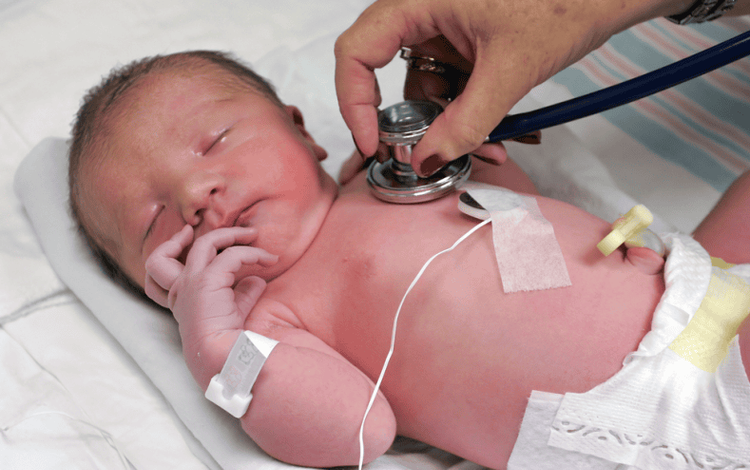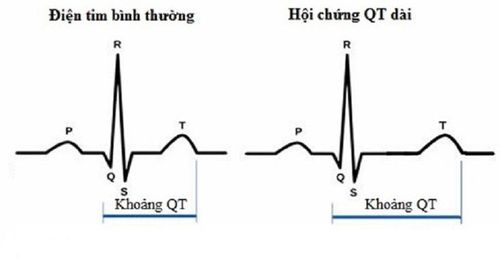This is an automatically translated article.
The article is professionally consulted by Cardiology & Thoracic Surgery doctors - Cardiovascular Center - Vinmec Central Park International General Hospital.Currently, ventricular septal defect accounts for 15-20% of all congenital heart diseases. The following article will outline some of the complications of ventricular septal defect and the most effective treatment methods.
1. What is ventricular septal defect?
Ventricular septal disease, also known as VSD for short, is the most common form of congenital heart disease today.
In the human body, the two main ventricles are two chambers in the lower part of the heart and they are separated by a septum. In which the left side of the heart will normally pump blood with strong pressure and contain more oxygen (than the right side) to the aorta to feed the whole body. A ventricular septal defect is the existence of one or more holes in the septum between these two ventricles. If the stoma is large, it can cause heart failure, irreversible lung damage and death.
2. Complications of ventricular septal defect
Normally, the left ventricle only pumps blood to feed our body and the right ventricle only pumps blood to the lungs. When there is a hole between these two ventricles (also called a ventricular septal defect), a large amount of oxygen-rich blood flows from the left to the right.
This large amount of blood will go to the lungs and return to the left atrium and left ventricle, causing dilation of these left heart chambers. In addition, a large amount of blood to the lungs for a long time will increase pulmonary artery pressure and cause irreversible lung damage.
There are cases where the ventricular septal defect is located just below the aortic valve, causing this valve to open because the valve leaflet is prolapsed by the high velocity blood flow through the stoma. Often the weak point will be located in the Valsava sinus of the aorta and can especially cause valve perforation, making the patient heart failure faster and requiring surgery soon.
In addition, the ventricular septal defect is prone to damage the innermost lining of the heart, making these patients more susceptible to infective endocarditis than the general population.
3. Treatment method for ventricular septal defect

Bệnh thông liên thất thường gặp ở trẻ nhỏ
The progression of ventricular septal defects is very diverse. Therefore, the treatment will need to be based on factors such as: hemodynamics, age, anatomical lesions, pulmonary artery pressure, the patient's response to internal therapy.
Currently, there are 2 main treatment methods including: open heart surgery and intervention to close the ventricular septal defect.
Currently, FDA (US Food and Drug Administration) only allows percutaneous ventricular septal closure in patients with small muscular septal defect, apex or after complications of myocardial infarction. heart.
Indications to close the hole by open-heart surgery depend on the location, size of the hole, the patient's failure to respond to medical treatment, or other congenital heart disease.
4. Notes for patients with ventricular septal defect
Patients with small ventricular septal defect can completely self-monitor in combination with regular doctor visits every 6 months to 1 year. If you have signs of heart failure or pulmonary hypertension, see your doctor sooner.
Because the patient is at risk of developing endocarditis, when dental procedures are needed, use prophylactic antibiotics.
As for women of childbearing age with small holes and no signs of pulmonary hypertension, the risk of developing severe disease during pregnancy is quite low.
Even if a pregnant woman has a ventricular septal defect and mild to moderate pulmonary hypertension, the patient can still have a normal pregnancy. Before trying to become pregnant, talk to your doctor about the possible risks to mother and baby.
Please dial HOTLINE for more information or register for an appointment HERE. Download MyVinmec app to make appointments faster and to manage your bookings easily.













